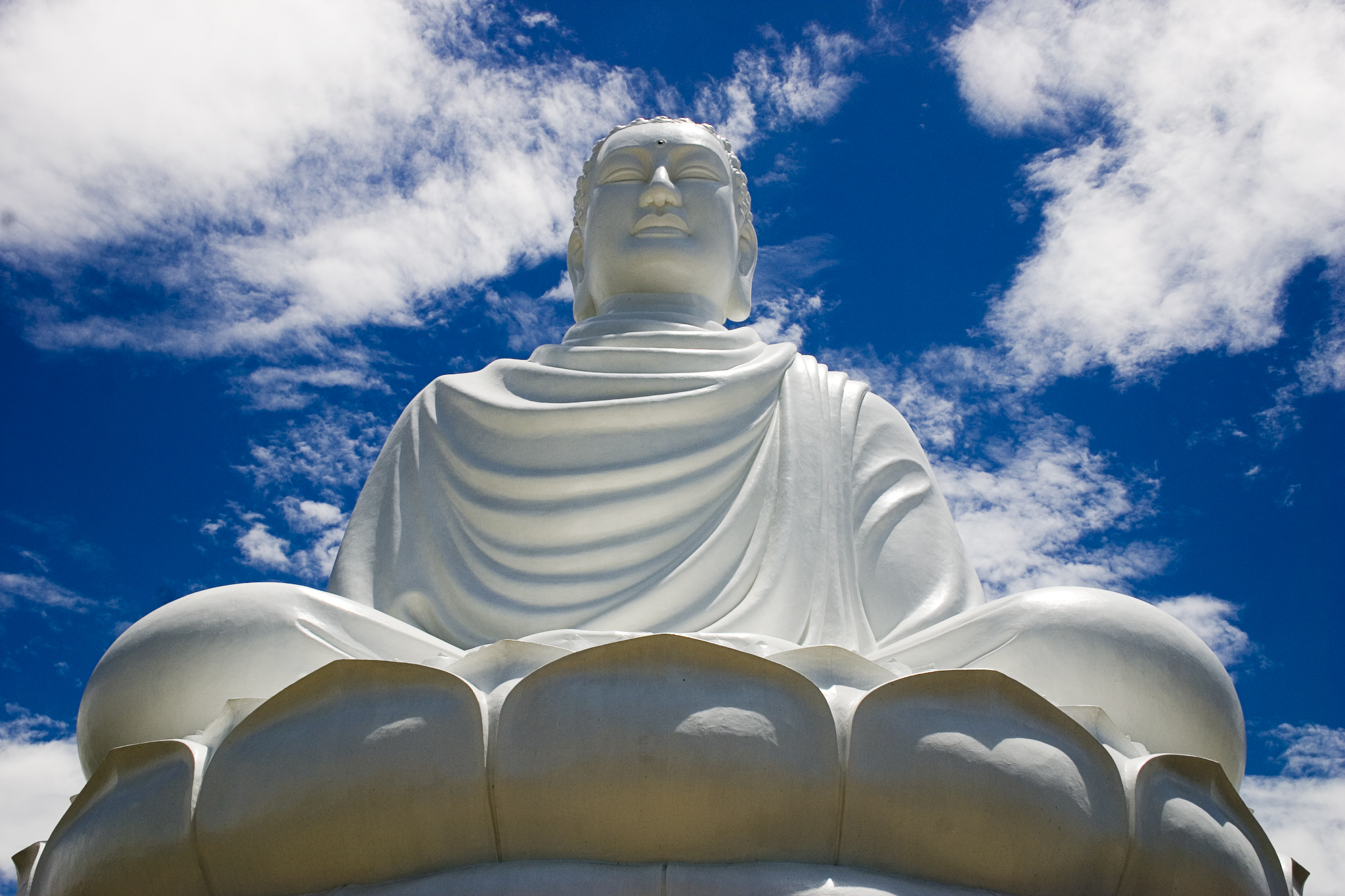
Religion in Vietnam
The majority of Vietnamese do not follow any organized religion, instead participating in one or more practices of folk religions, such as venerating ancestors, or praying to deities, especially during Tết and other festivals. Folk religions were founded on endemic cultural beliefs that were historically affected by Confucianism and Taoism from ancient China, as well as by various strands of Buddhism (Phật giáo).[2] These three teachings or tam giáo were later joined by Christianity (Catholicism, Công giáo) which has become a significant presence.[3] Vietnam is also home of two indigenous religions: syncretic Caodaism (Đạo Cao Đài) and quasi-Buddhist Hoahaoism (Phật giáo Hòa Hảo).
According to estimates by the Pew Research Center in 2010, most of the Vietnamese people practiced (exclusively) folk religions (45.3%). A total of 16.4% of the population were Buddhists (Mahayana), 8.2% were Christian, and about 30% were unaffiliated to any religion.[4] Officially, the Socialist Republic of Vietnam is an atheist state, as declared by its communist government.[5]
According to statistics from the Government Committee for Religious Affairs, as of 2018, Buddhists account for 14.9% of the total population, Christians 8.5% (Catholics 7.4% & Protestants 1.1%), Hoahao Buddhists 1.5%, and Caodaism followers 1.2%.[1] Other religions include Hinduism, Islam, and Baháʼí Faith, representing less than 0.2% of the population. Folk religions (worship of ancestors, gods and goddesses), not included in government statistics, have experienced revival since the 1980s.[6]
History[edit]
The earliest forms of Vietnamese religious practice were animistic and totemic in nature.[17] The decorations on Đông Sơn bronze drums, generally agreed to have ceremonial and possibly religious value,[nb 2] depict the figures of birds, leading historians to believe birds were objects of worship for the early Vietnamese. Dragons were another frequently recurring figure in Vietnamese art, arising from the veneration of Lạc Long Quân, a mythical dragon-king who is said to be the father of the Vietnamese people. The Golden Turtle God Kim Quy was said to appear to emperors in times of crisis, notably to Lê Lợi, from whom he took the legendary sword Thuận Thiên after it had been dropped into Hoàn Kiếm Lake. Contact with Chinese civilization, and the introduction of the triple religion of Buddhism, Confucianism and Daoism, added a further ethical and moral dimension to the indigenous Vietnamese religion.[17] A recent research using folkloristic computations has provided evidence on the existence of "cultural additivity" by examining the interaction of Buddhism, Confucianism and Daoism throughout the history of Vietnam.[18]